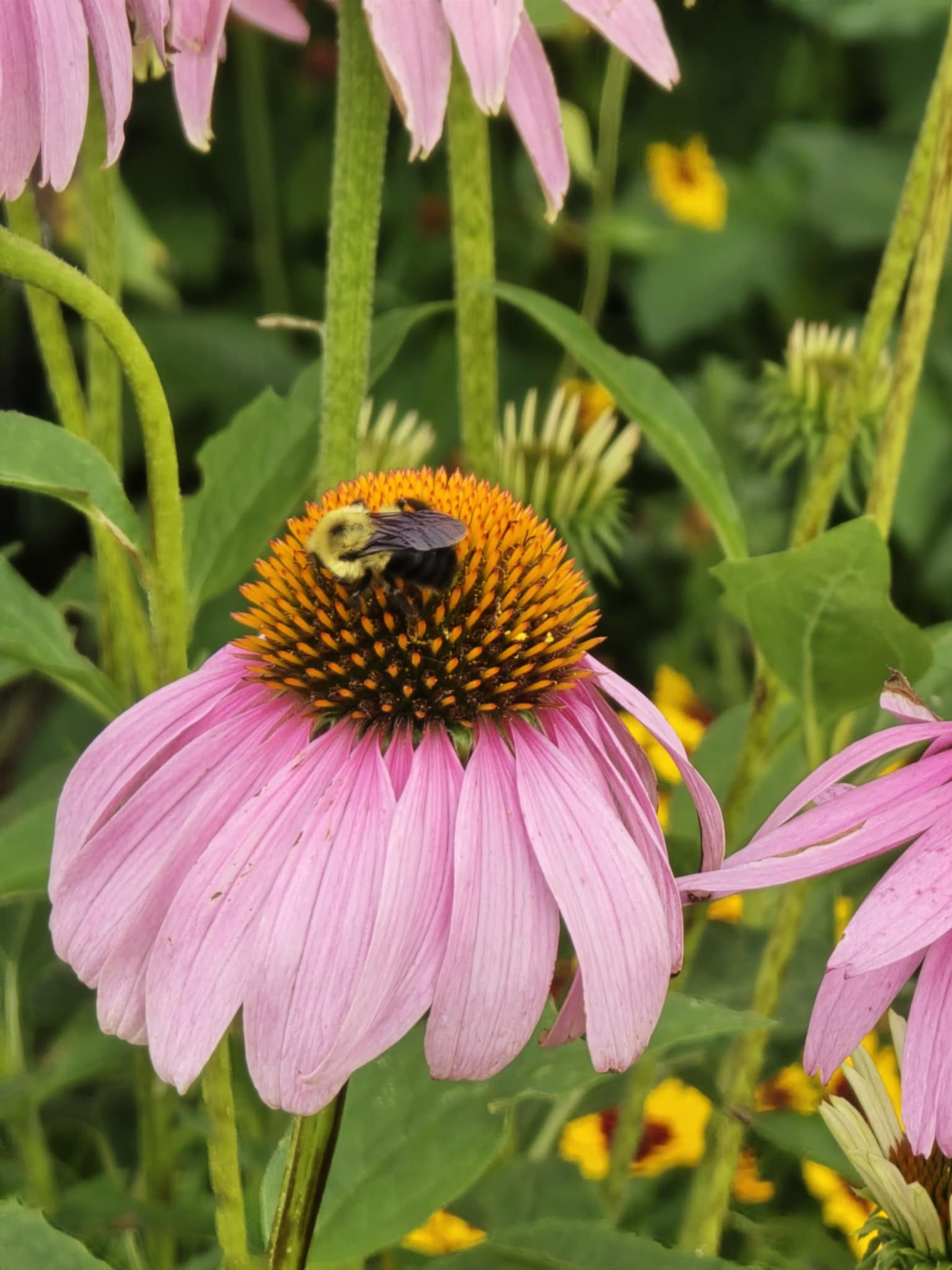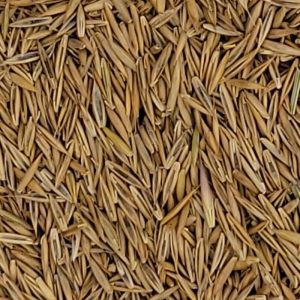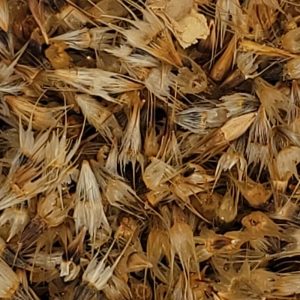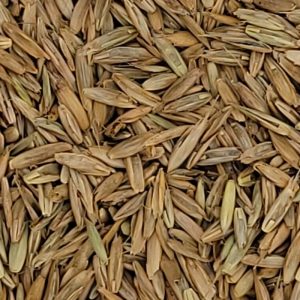A blend of top pollinators selected from the NRCS in a variety of bloom periods. Premixed for purchasing in smaller quantities.
Lewis Blue Flax
Lewis Blue Flax grows 18-20 inches tall and it rarely stands straight up, but rather leans at an angle. Flowers are pale blue, with 5 petals about 1-1 1 /2 inches across, veined in darker blue. Each stem produces several flowers, blooming from the bottom upward.
Plains Coreopsis
A slender, 1-2 ft. tall flower, also known as tickseed. It is well known for its small but abundant yellow flowers, “painted” maroon near the center. Numerous smooth, slightly angled branches bearing showy, daisy-like flower heads with yellow rays surrounding a reddish-purple central disk. The yellow petals are notch-tipped. Flower heads occur on long stalks from the multi-branching stems.
Western Yarrow
Yarrow grows to 3 feet tall and has no branches except near the top. The leaves are alternate, with many leaflets on each side; and these are further divided into smaller leaflets, giving them a delicate, fernlike, lacy appearance. Flower heads are arranged in large, compact clusters at the top of the stem. The flower head has 20-25 yellowish-white ray flowers and similarly colored disk flowers.
Black Eyed Susan
This flower’s claim to fame is it’s bright-yellow, 2-3 in. wide, daisy-like flowers with dark centers. They occur singly atop 1-2 ft. stems. The stems and scattered, oval leaves are covered with bristly hairs. Coarse, rough-stemmed plant with daisy-like flower heads made up of showy golden-yellow ray flowers, with disk flowers forming a brown central cone.
Wild Bergamot
Also known as Beebalm, is a popular and showy perennial. Clusters of lavender, pink or white flowers, looking like ragged pompoms, bloom atop 2-5 ft., open-branched stems. This showy perennial, frequently cultivated, has aromatic leaves used to make mint tea. Oil from the leaves was formerly used to treat respiratory ailments. The leaves smell minty.
Purple Prairie Clover
A popular prairie perennial with delicate, foliage and showy flowers. Numerous slender stems rise 1-3 feet. and bear small leaves divided into linear segments. Tiny, individual flowers cluster around a cylinder-like cone. The bright, magenta-purple flowers start as a ring around the base of the cone and work upward as the season advances.
Prairie Coneflower
Also known as Mexican Hat, it has sombrero-shaped flower heads and is usually 1 1/2 ft. tall but can reach 3 ft. Flower petals range from dark red and yellow, to all red or all yellow. The flowers central brown disk protrudes 1/2 to 2 in. above the drooping petals. Leaves on the lower portion of the stem are feathery and deeply cleft.
False Sunflower
False Sunflower, also known as Early Sunflower or Sweet Smooth Oxeye, is easily grown and quick to develop. Unlike true sunflowers, both its disk and ray flowers are capable of producing seed. It blooms profusely through the summer on thin stems above the foliage.
Lead plant
This small shrub grows 1-3 ft. tall, with tiny, purple flowers grouped together in colorful, terminal spikes. Pinnately compound leaves are covered with short, dense hairs, giving the plant a grayish appearance. Also known as Prairie Shoestring, referring to the laced-shoestring look of the leaves and roots.
Blanketflower
Blanketflower grows 2-4 ft. plant, with clasping, dandelion-like leaves. The inch-long petals have yellow, 3-toothed tips and dark red bases. These surround disk flowers which are the same color as the base of the petals. Tufts of hairs project from the seed-like fruits and the entire plant is covered with fuzzy hairs.
HOW TO PLANT POLINATORS
1. RESEARCH LOCAL POLLINATORS
Use plants that grow natively in your region. Most pollinators don’t flower all season long, so be sure to have a variety flowers with different bloom seasons. The attached packet of seeds are all native pollinators for North Dakota with a variety of bloom times. See the back of this sheet for more information.
2. CHOOSE A SITE AND TIME
Whether in your yard or in the field, find a location with adequate sun and low traffic. Timing is important. Plant in early spring when the ground temperature gets above 55 degrees. If dormant seeding, plant after 4 consecutive days of 40°soil temperature.
3. PREPARING THE SITE
Many North Dakota native flowers are used to growing on the prairie with direct sun and hard soil. You can plant these on the prairie by roughing up the soil and lightly covering with a 1/4 inch of soil. When planting in your yard, make sure the area is free of weeds. Soil can be loose, but not so loose that seeds will fall in too deep. Gently cover with top soil or peat moss and water. Plant seeds in gardens densely to help keep weeds at bay. When planting on the prairie you can space them further to allow plants spread.
4. MANAGING YOUR GARDEN
Native pollinator plants are sturdy and can grow thick and tall. If these flowers are in your home garden, trim back the flowers late in fall if you don’t like the way they look but leave some stems for the pollinators to hibernate in. You can choose to leave flower heads for the flowers to reseed and as food for birds over winter and then cut down on spring to make room for new growth after the bees are active.




